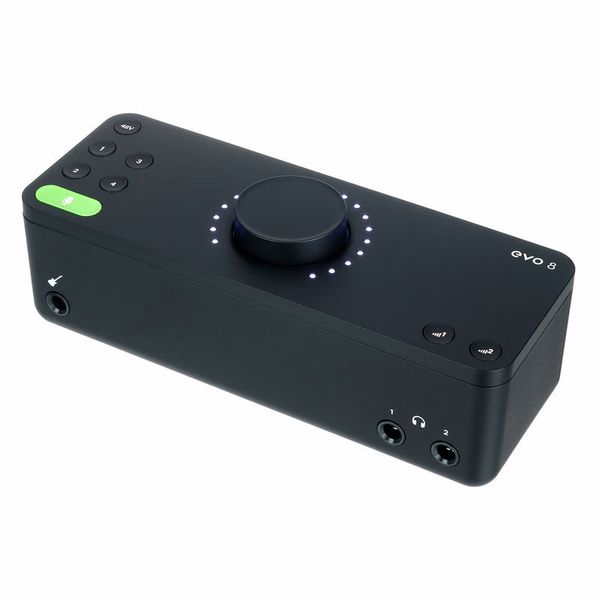Fwiw, just got my Motu M2. It's almost phenomenal. The two most important things:
- RTL at 44.1kHz, 32 samples buffer size (which I will easily be able to treat as "set and forget" on the new Macbook Air) is 3.5ms. That's every bit in the league of RME.
- The Hi-Z input (in fact, it combines Hi-Z and line in without any adjustment options - but that seems to work absolutely fine) is great! Helix Native sounds and responds just like the real deal. I haven't done any more scientific comparisons (maybe later), but I've played the Floor and Stomp enough to know pretty well how they feel under my fingers.
Caveat: driver-to-host communication is not correct. At the same settings, the driver reports a latency of 2.5ms - but the analog measurement via RTL utility told the real truth. There's a difference of 45 samples between reported and measured latency. As a result, there's a recording offset of the same value - something that defenitely shouldn't happen with an interface of a company such as Motu. Fortunately, Logic allows to globally compensate for that offset, but you really shouldn't have to do that (that compensation is meant to be there when using external converters the interface doesn't know anything about).
I already filed a support ticket and amazingly enough, a Motu guy got back to me just half an hour later. Let's see what they will make of this. Should be a kind of easier fix, but as a result, the reported latency numbers would be higher than before, causing existing users (unaware of the latency being higher anyway) to get all salty. We shall see...
For now, I'm a super happy camper, though. 3.5ms is pretty much stunning and the dynamic feel is great, too.



